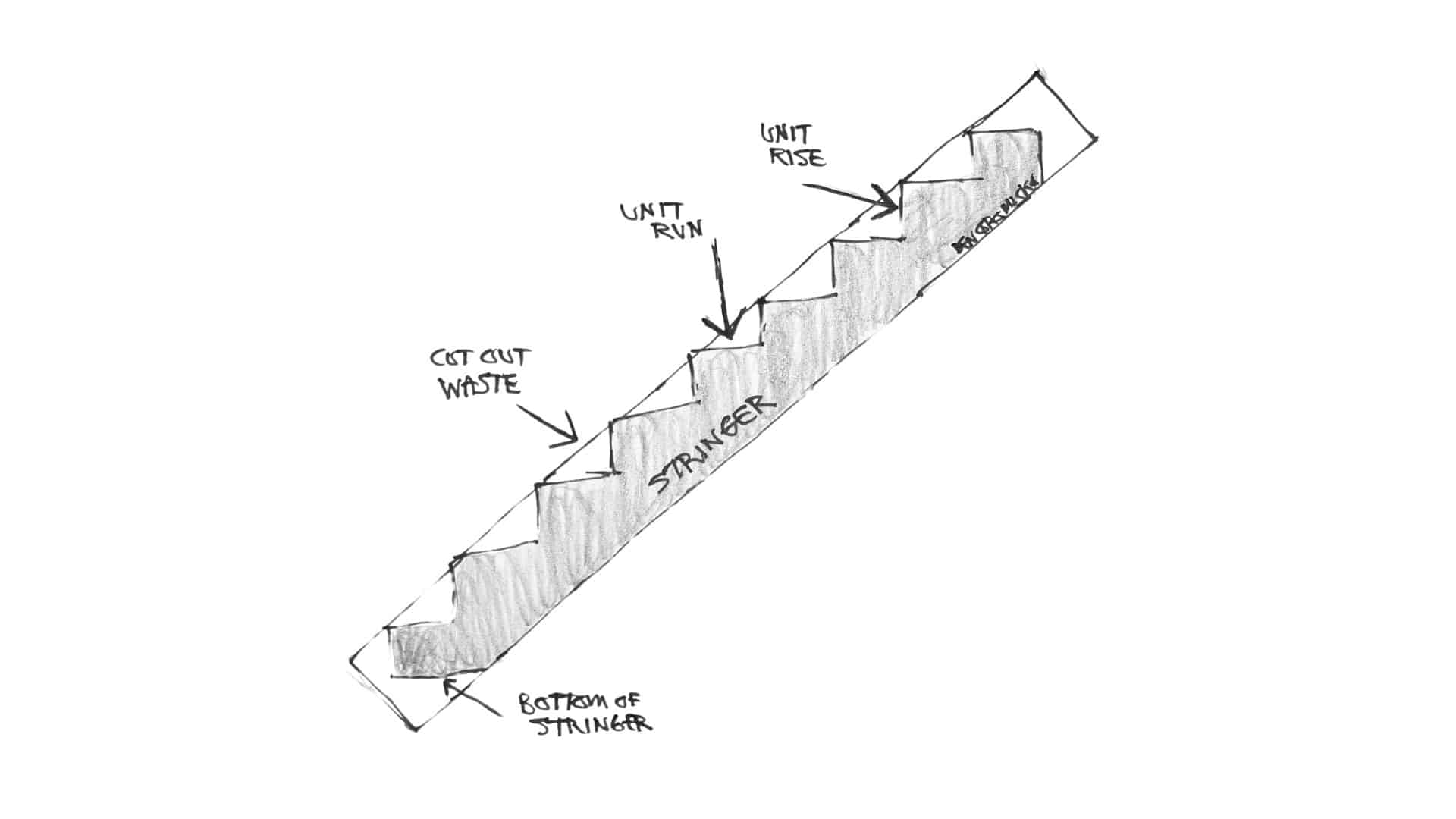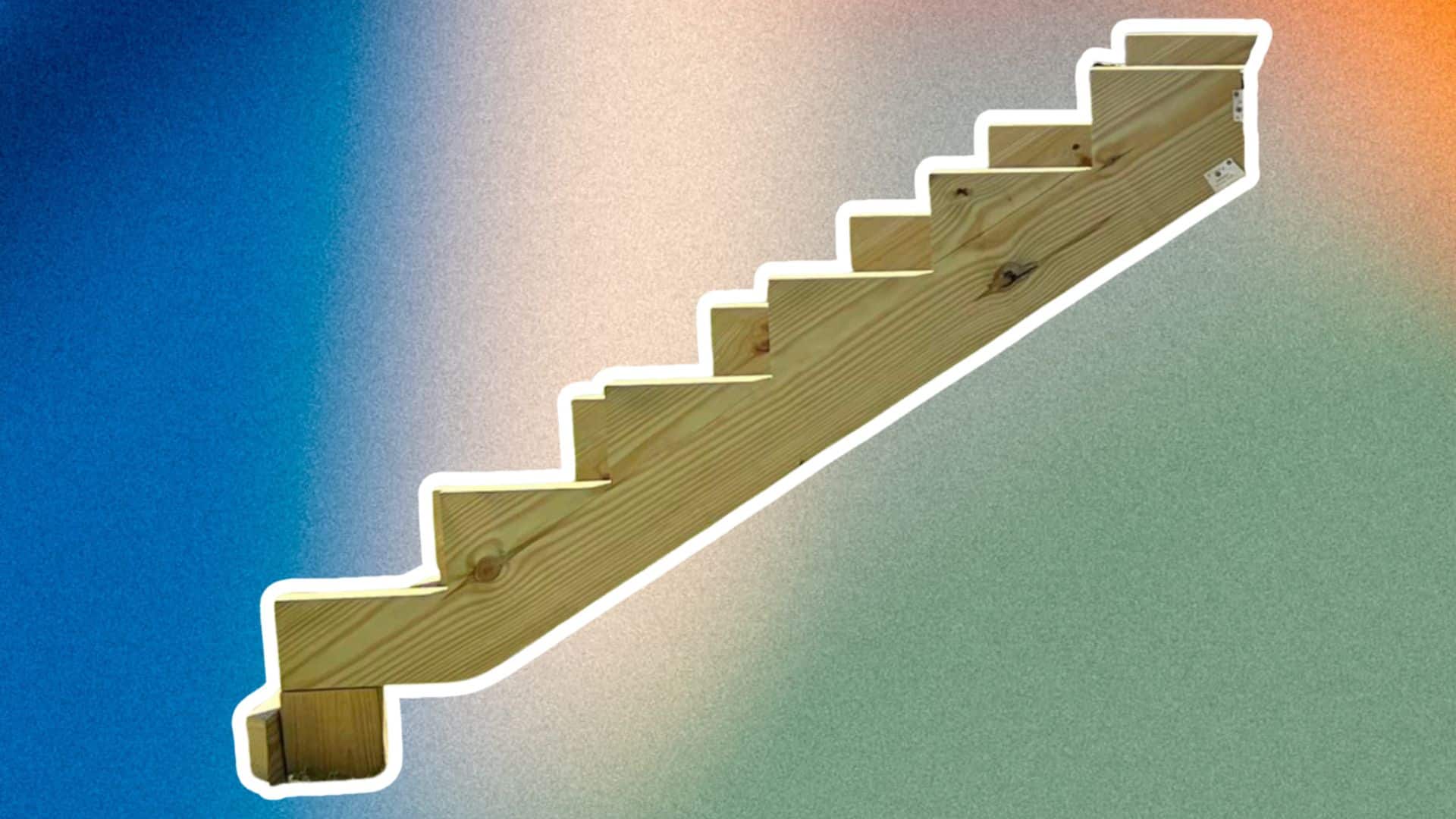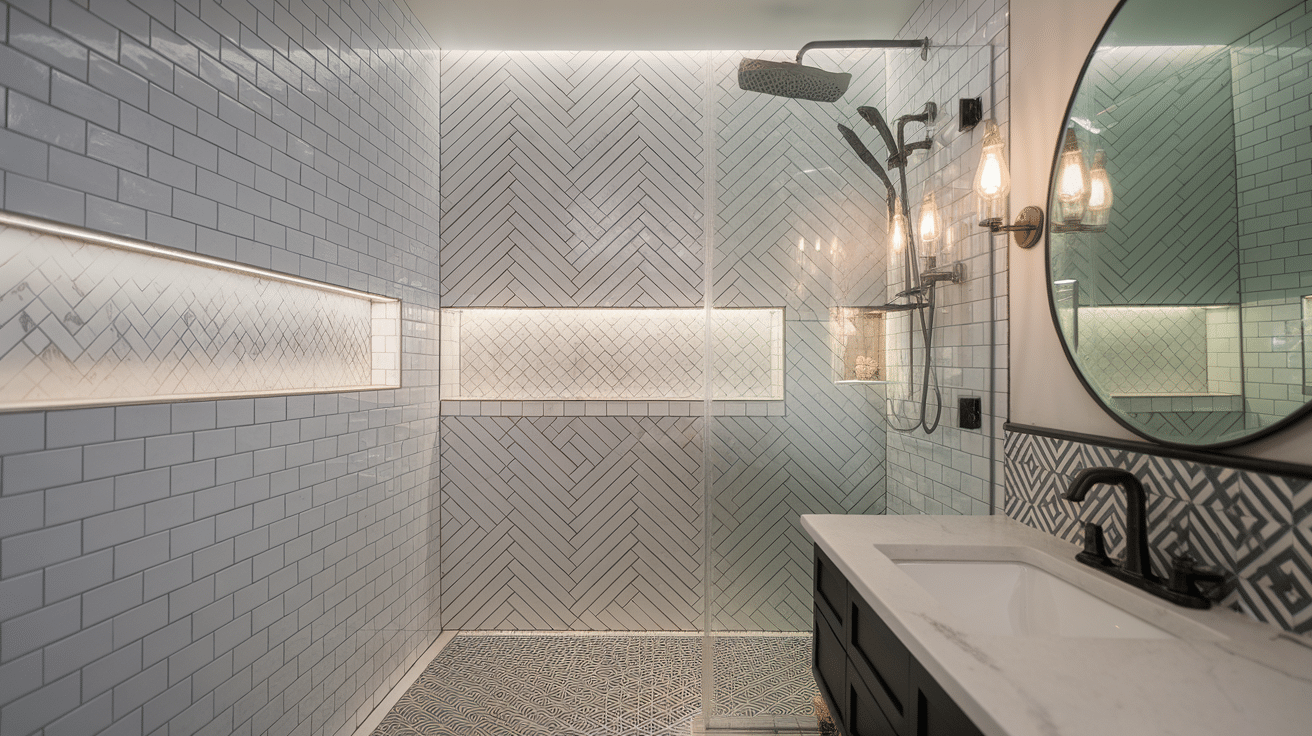What Are Stair Stringers and Their Purpose?
We know building a deck can be tricky, especially when it comes to stairs.
Many homeowners struggle with understanding what are stair stringers and their role in deck construction. These key components can make or break your staircase’s safety and stability.
We’re here to help you grasp the ins and outs of stair stringers.
In this post, we’ll explain stair stringers, why they’re crucial for your deck, and how to get them right. We’ll cover everything from choosing the right materials to calculating the perfect measurements.
By the end, you’ll clearly understand what stair stringers are and feel confident about incorporating them into your deck project.
Let’s step into the world of stair stringers together!
What Are Stair Stringers?

Stair stringers are the angled structural parts that hold up the treads and risers in a staircase. Think of them as the backbone of your stairs.
These sturdy components run along the sides of your staircase, giving it the strength and support it needs.
Why are they so important? Without stair stringers, your stairs wouldn’t be safe to use. They keep everything in place and stop your steps from sagging or falling apart.
In short, stair stringers ensure you can go up and down your stairs without worry.
Purpose and Importance of Stair Stringers
1. Structural Support
Stair stringers are the backbone of your staircase. They carry the weight of the steps, risers, and everything that goes up and down the stairs.
We use these tough components to distribute the weight evenly, keeping your steps from bending or sagging when you walk on them.
Stringers are important for all stairs, from simple outdoor steps to fancy indoor staircases. When we design and install them well, they help your stairs last longer and need fewer fixes over time.
2. Safety Considerations
When it comes to stairs, safety is our top concern. That’s where stair stringers play a big role. We need to install them just right to make sure each step stays level and secure.
This helps prevent trips and falls. If we don’t get the stringers right—maybe they’re not measured correctly or made from the wrong stuff—it can lead to wobbly or uneven steps.
That’s a recipe for accidents. It’s also smart to check your stringers now and then for signs of wear or damage. Regular upkeep, like tightening loose parts, helps keep your stairs safe.
3. Compliance with Building Codes
Most places have rules about how to build stairs, including stringers. These rules cover how tall and deep each step should be, how many stringers you need, and what materials to use.
They’re there to make sure stairs are safe for everyone. If you don’t follow these rules, you could face fines or have to redo your stairs.
Worse, you could be responsible if someone gets hurt. That’s why it’s smart to talk to a pro or check your local building rules when planning stairs. They can help ensure your stringers and stairs are safe and up to code.
Types of Stair Stringers
Let’s discuss the different kinds of stair stringers you might use for your project. There are three main types: closed, open, and mono stringers. Each has its style and use.
Closed Stringers
We call these “closed” because they hide the edges of your steps. The treads and risers fit inside the stringer, giving a neat, boxed-in look.
You’ll often see closed stringers in homes where looks matter. They give stairs a clean, finished appearance. Plus, they protect the edges of your steps from wear and tear.
Pros and Cons
- Good: Look great, protect your steps.
- Not so good: Cost more, harder to install.
Open Stringers
Open stringers show off the side of your steps. We cut notches in them where the treads sit, leaving the edges visible.
We use these a lot for outdoor stairs or decks. They’re easier to build and cost less. But remember, they don’t hide the edges of your steps like closed stringers do.
Pros and Cons
- Good: Simple to make, cost less.
- Not so good: Don’t look as fancy; steps are more exposed.
Mono Stringers
Mono stringers are a bit different. Instead of two stringers on the sides, you have one in the middle. It holds up your steps from underneath.
These look very modern and save space. You might see them in fancy homes or office buildings. But they’re tricky to make and need careful planning.
Pros and Cons
- Good: Look modern, save space.
- Not so good: Cost more, need expert know-how.
Calculating Stair Stringers

1. Materials Required
| Tool/Material | Purpose |
|---|---|
| Measuring Tape | For accurately measuring the total rise and run of the stairs. |
| Framing Square | To mark precise right angles for the rise and run on the stringers. |
| Pencil | For marking measurements and cutting lines on the stringer material. |
| Calculator | To perform the necessary calculations for rise, run, and the number of steps. |
| Circular Saw or Handsaw | For cutting the stringer material according to the marked measurements. |
| Safety Gear (Gloves and Safety Glasses) | To protect hands and eyes during the measuring and cutting process. |
2. Step by Step Instructions
- Measure your total rise from the ground to where your stairs will end. This number is key, so be precise.
- Next, decide how many steps you need. Most steps are about 7 inches tall, so divide your total rise by 7.
- Round to a whole number. For the run, aim for 10-11 inches per step. Multiply this by your step count to get the total run.
- Sketch your stringers using a framing square, marking each rise, and run carefully.
- Finally, check your local rules to ensure your stairs are up to code. If you’re unsure, ask a pro for help.
Installing Stair Stringers
- When installing stair stringers, prepare a level site and mark the stringer placement.
- Secure the top of the stringers to your deck or floor using strong, corrosion-resistant brackets.
- Align the stringers correctly, spacing them 12-16 inches apart, and add extra stringers for wider stairs.
- Anchor the bottom of the stringers to a sturdy base, keeping them slightly elevated to prevent moisture damage.
- Next, attach the treads and risers and pre-drilling holes to avoid splitting the wood.
- Use screws for a stronger hold.
- Do a final check to ensure everything is level and stable, and test the stairs by walking up and down.
Remember to perform regular maintenance, especially for outdoor stairs, to keep your stringers in good shape and promptly address any wear or loose components.
Wrapping It Up
Now that we’ve covered what are stair stringers from top to bottom, you’re well-equipped to tackle your next staircase project.
Remember, these unsung heroes of your stairs play a crucial role in safety and stability. Whether you’re choosing closed, open, or mono stringers, each type has its place in different designs.
Calculating and installing stringers might seem tricky, but you can create a sturdy, code-compliant staircase with careful measurements and attention to detail.
Don’t forget to check local building codes and consider professional help if unsure.
Regular maintenance will keep your stairs safe for years to come. So, the next time you climb a set of stairs, take a moment to appreciate the hard-working stringers beneath your feet.
They’re the silent supporters making each step possible.







